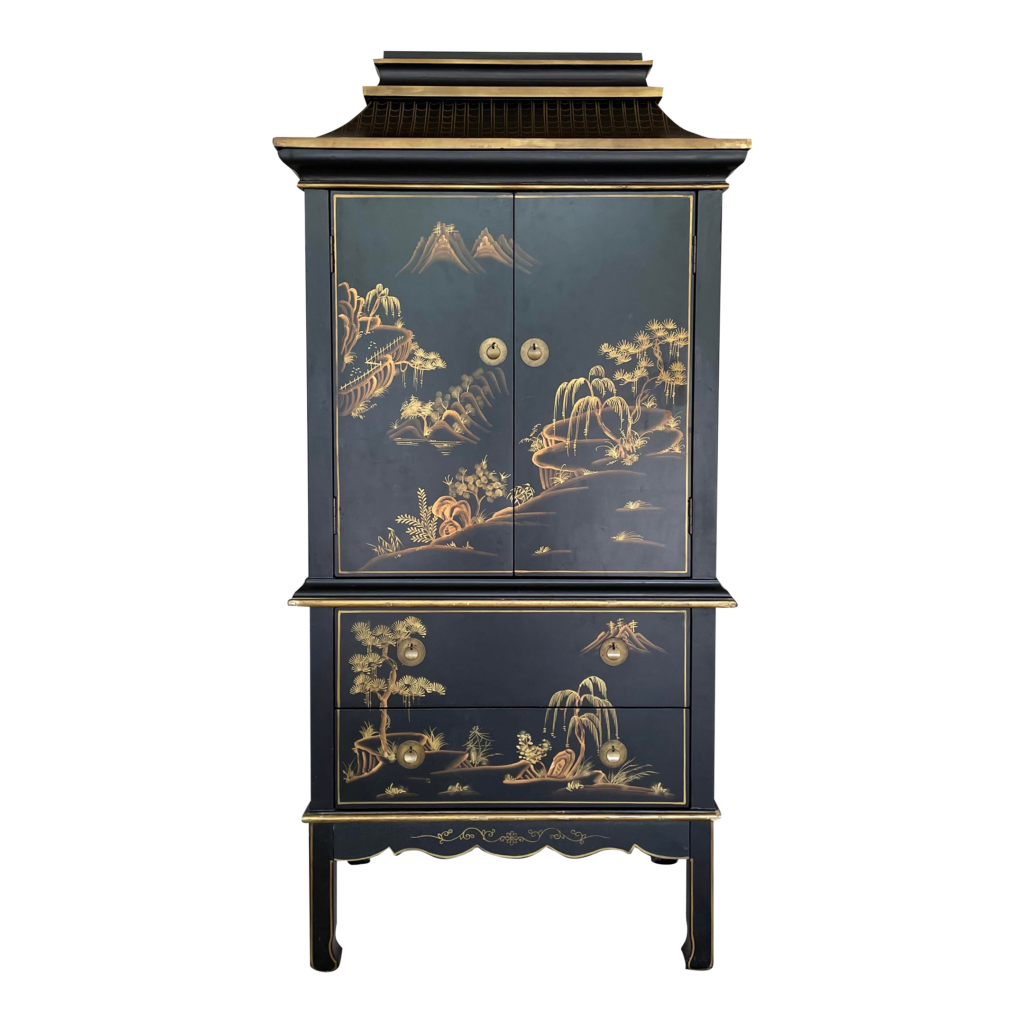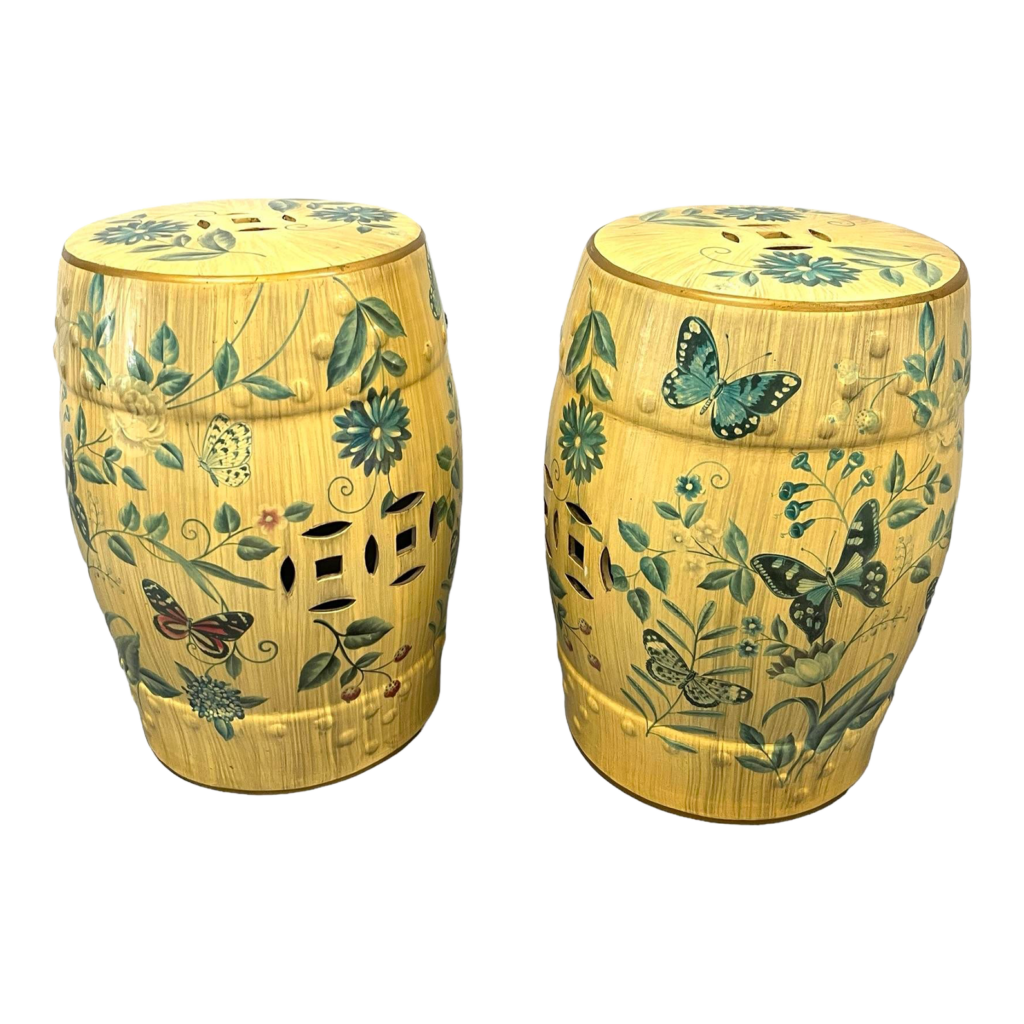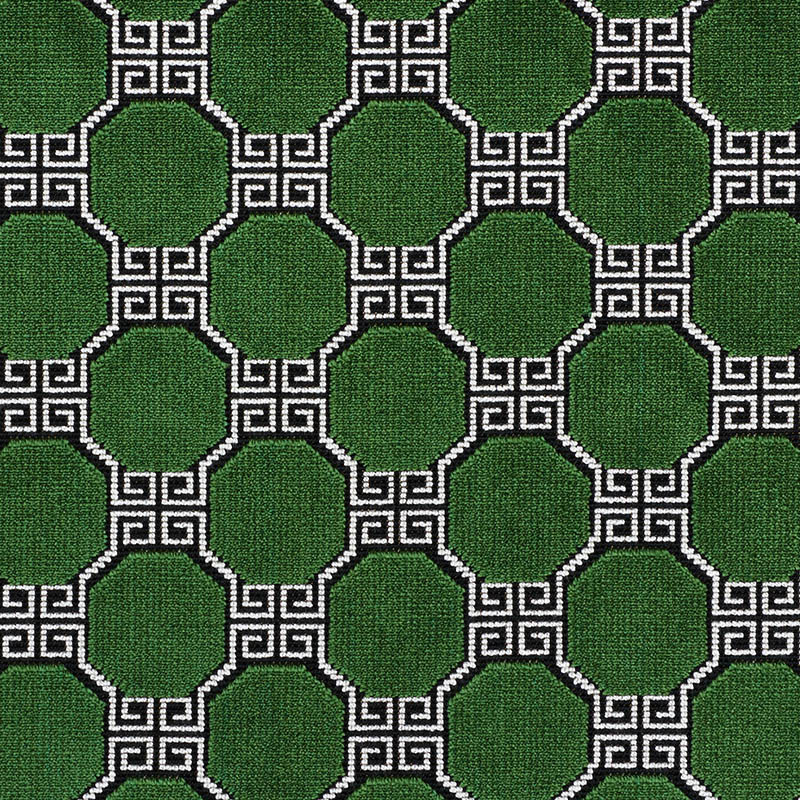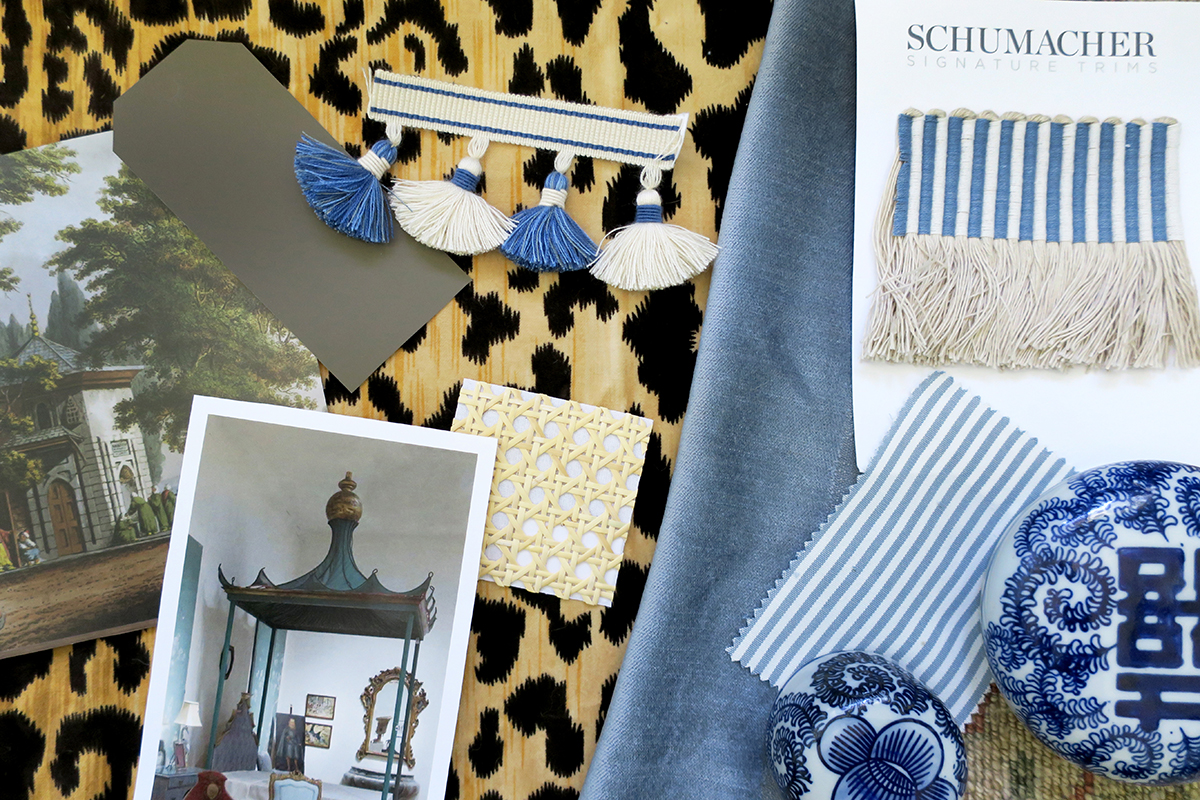Introduction
Chinoiserie is a style of design that uses Chinese-inspired motifs. It became popular in Europe during the 18th century, and it’s still used commonly today. Chinoiserie decor can be found in everything from interior design to architecture and furniture.


The word “chinoiserie” comes from the French term chinois (meaning Chinese). In French, chinois means “Chinese” but has been used as an adjective since at least 1730; by 1760 it had become an English noun meaning anything related to China or its culture or people.
Origins
Chinoiserie, in the Western world, began around the 17th century, when European traders and explorers traveled to Asia and returned home with exotic goods and ideas. The Ming Dynasty (1368-1644) ruled over China during this time period; it was also known for its wealth and power. During their rule there was an increase in trade along the Silk Road as well as increased contact with other Asian countries such as Japan and Korea.
Chinois is not actually a Chinese word; it’s simply French for “Chinese.” So when people use the term today, they’re referring to things that are inspired by Chinese culture–not necessarily made in China! And while there’s no one set definition for what chinoiserie means, here are some examples:
- Pagodas or pagoda-shaped motifs
- Mythological Asian creature imagery, such as dragons, foo dogs or phoenixes
- Landscapes or natural elements stylized in the manor of traditional Chinese paintings
- Ornate lattices or fretwork in geometric patterns inspired by Chinese characters
- Imagined scenes of daily life in China
William Chambers and Chinoiserie in interior design
William Chambers was an 18th-century British architect, interior designer and furniture designer. He was one of the most important designers of the period and one of the first to use Chinese motifs in interior design. In 1730, he published Designs of Chinese Buildings with Plans, Elevations, Sections and Details; this book was an influential source for European architects who were interested in Oriental styles.
Chambers’ designs for furniture included chairs with pagoda-shaped backs (known as “pagodas”) or feet that resembled dragon claws (known as “dragon legs”).
Conclusion





Chinoiserie is still popular today, and you can see it in many forms. It’s a common decorative motif in furniture, wallpaper and other home decor items and you’ll see elements of it incorporated in many of our projects as well.


